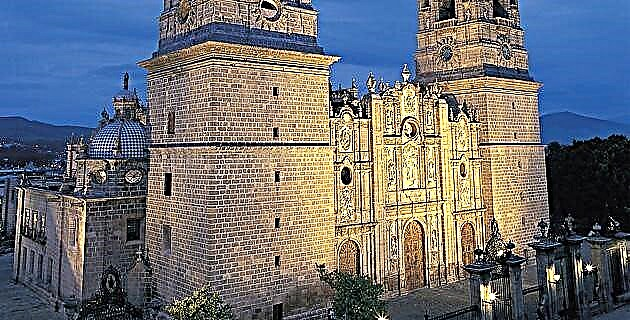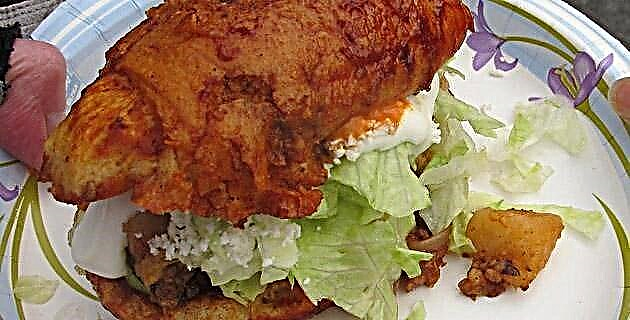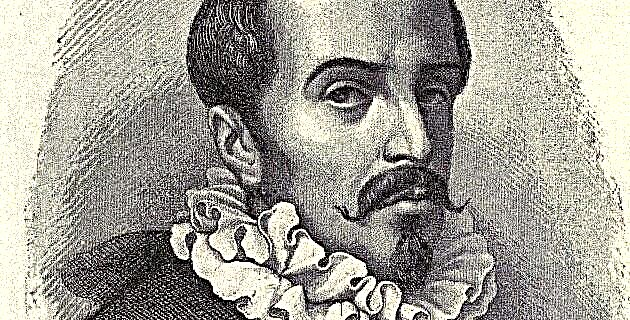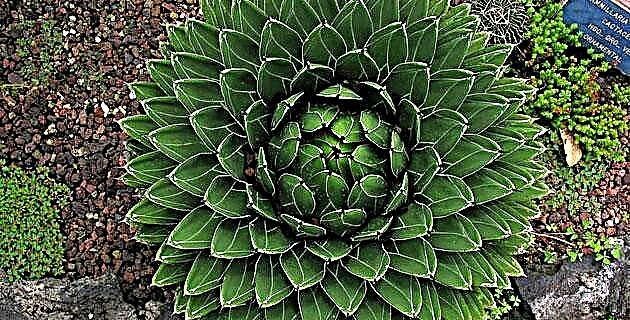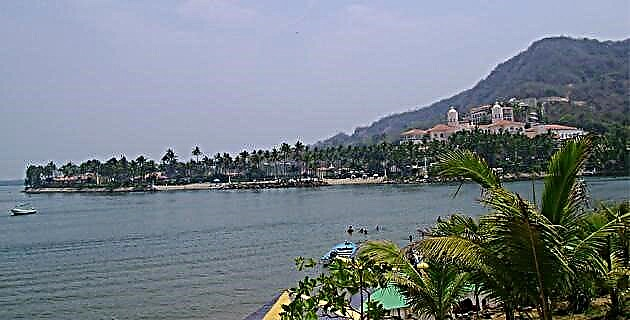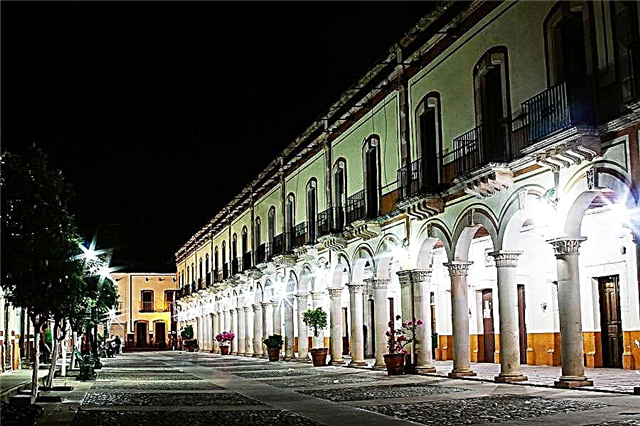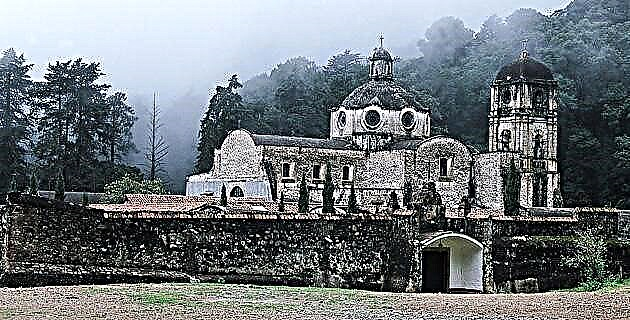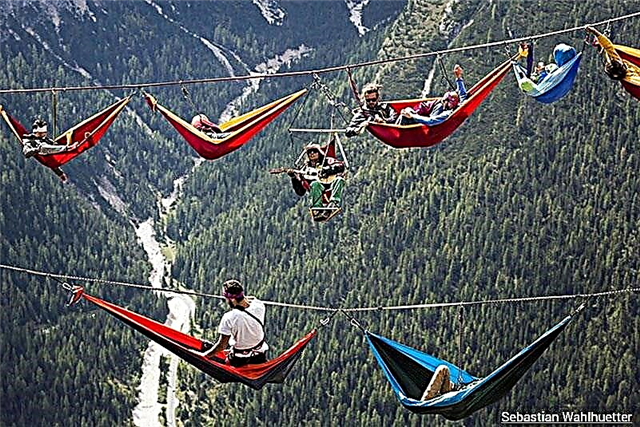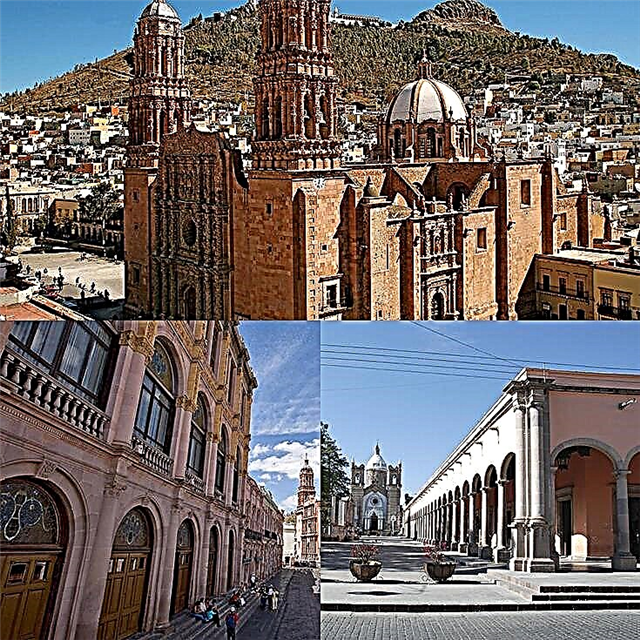Nochistlán de Mejía is a Magic Town Zacateco full of architectural monuments. We invite you to know everything you need about him through this complete guide.
1. Where is Nochistlán located?
Nochistlán de Mejía is the small head city of the municipality of the same name, located in the south of Zacatecas, near the border with the state of Jalisco. The Hispanic town was founded in 1532, making it the oldest Zacatecan municipal seat, only surpassed by García de la Cadena. In 2012, Nochistlán was incorporated into the Mexican Magical Towns system to promote tourist use of its attractions, particularly its architectural heritage.
2. What are the main distances to the town?
The capital of Zacateca is 225 km away. from the Magic Town traveling south towards Aguascalientes; the hydro-warm city is 106 km away. of Nochistlán. Guadalajara is also close, since from the Jalisco capital you only have to travel 167 km. to get to Nochistlán. The journey from Mexico City is 562 km. that are done in about 7 hours by car.
3. How did the town arise?
The Spanish commanded by Nuño de Guzmán arrived in 1530 and they were not received very friendly by the Chichimeca tribes settled in the territory. In fact, there was war, the so-called Mixtón War, in which the natives were defeated in the middle of the 16th century. In 1810, Nochistlán was the scene of the first cry of Independence that was heard in the state of Zacatecas. In 1824 it became a municipality and the complement "Mejía" was placed in honor of Colonel Jesús Mejía, defender of Nochistlán against the French invasion.
4. How is the climate of Nochistlán?
Nochistlán enjoys a temperate climate with slight variations in temperature between the seasons. The annual average temperature is 18 ° C, which drops to the range of 13 to 15 ° C in the coldest period, from December to February; and rises to the order of 20 to 22 ° C between May and September. It doesn't rain much, only about 700mm a year, falling mainly between June and September.
5. What are the main attractions of Nochistlán?
Nochistlán de Mejía stands out for its architecture, built over 5 centuries since the town was founded in the 16th century. Among the religious buildings, the Parish of San Francisco de Asís, the Temple of San Sebastián and that of San José stand out. Its main public space is the Morelos Garden and there is a set of beautiful buildings and civil monuments among which we must mention El Parián, the Los Arcos Aqueduct, the Monument to Tenamaztle, the Casa de los Ruiz and the Lic. José Minero Roque Theater . The attractive civic and religious festivals of Nochistlán, as well as its delicious gastronomy, wonderfully complement its tourist offer.
6. What is the interest of the Temple of San Francisco de Asís?
This church of strong and simple architecture is consecrated to the patron saint of the town and was erected in the 17th century. It preserves an old mesquite wood floor and on the main altar are the image of a Christ, that of San Francisco de Asís and a portrait of the priest and martyr San Román Adame Rosales, shot in 1927 during the Cristero War. San Román Adame is buried in the parish temple of Nochistlán.
7. What is the Temple of San Sebastián like?
It began as a chapel in the middle of the 18th century, becoming a temple after the erection of a second building in two stages, the first at the end of the 19th century and the second in 1914. The old and the new structure are clearly distinguishable, standing out in this last the three bells located in an open bell tower. The venerated image of San Sebastián is affectionately and colloquially called El Guerito de Nochistlán.
8. What are the attractions of the Temple of San José?
It was erected in the late 19th century in the renewed Gothic style that was in vogue at that time in Mexico, after a long period of preponderance of the neoclassical style. On its premises was the Hospital de Naturales, a 16th century building that deteriorated until it was demolished to make way for the church. The twin towers of the temple are gracefully slender and the white dome is magnificent. It was built with uncoated bricks, so the natural colors between reddish and orange are appreciable.
9. Where is the Morelos Garden located?
This beautiful garden that serves as the main square of Nochistlán de Mejía was erected in the 19th century and underwent a renovation in the 1950s. It has an area of 6,400 square meters of trees, lawns, beautiful planters and in its center it has an elegant font. In its surroundings there are several viceregal buildings.
10. What is El Parián?
Parianes are buildings that were built in Mexico between the seventeenth and nineteenth centuries, in the manner of current shopping centers, where fabrics, silks, footwear, pearls, spices and other products were sold. Very few have survived in their original architectural spirit and one of the best preserved is that of Nochistlán. The Parián de Nochistlán was built in 1886 and stands out for the breadth and majesty of its arches and colonnades.
11. What stands out in the Los Arcos Aqueduct?
This aqueduct completed at the end of the 18th century is distinguished by its impressive arches. It was built to carry the vital liquid from the so-called Mesa del Agua to the town. It was equipped with 5 batteries to which the residents went to stock up, the best known being Pila Azul, Pila Colorada and Pila de Afuera, which was located at the beginning of the San Sebastián neighborhood. Until the 1930s, the inhabitants of Nochistlán collected water in these basins. The arches are illuminated at night, offering a nice view.
12. Who was Tenamaztle?
Francisco Tenamaztle was a Caxcán Indian warrior and one of the great leaders who starred in the Mixtón War, in which various Chichimeca tribes faced the Spanish conquerors in the mid-16th century. One of the main scenes of struggle in this conflict was Nochistlán. After the natives were defeated, Tenamaztle was captured and deported to Spain, where a trial was opened, his end being unknown. He is considered a precursor of indigenous human rights and as such he is honored in Nochistlán.
13. How important is the Casa de Los Ruiz?
In this old two-story house, the first cry of Independence of Zacatecas took place in 1810, which was pronounced in Nochistlán by Daniel Camarena. The Insurgente Camarena was born in Nochistlán in 1778 as the scion of a deeply rooted Zacatecan family. The plaque that remembers the historical event of Independence was placed in 1910.
14. Who was José Minero Roque?
José Minero Roque was a political leader born in Nochistlán in 1907, having been Governor of Zacatecas between 1950 and 1956. During his term in office he built several relevant works in his hometown, among them the municipal auditorium, inaugurated in 1954, which currently has your name. Minero Roque is also remembered in Nochistlán with a full-length statue located on a high pedestal in the middle of a beautiful public garden.
15. What are the main festivals in Nochistlán?
Nochistlán is a town of musicians and music has a relevant place in all its festivals. The main religious celebrations are that of San Sebastián in January and the patron saint festivities of San Francisco de Asís have their culminating day on October 4. The pilgrimage of the Virgin of Toyahua, the first weekend of October, is another colorful festival, with indigenous dances, cockfights and horse races. The Tenamaztle Cultural Festival takes place at Easter and includes concerts of various musical genres, theater and street theater, and other events.
16. What is the local gastronomy like?
Picadillo is a delicious local preparation of shredded beef cooked in a red chili sauce. Chicken a la Valentina is a classic of the town, in which the prey are fried in butter with chorizo and fresh tomato sauce. The typical drink is Tejuino, made from ground tipitillo corn, strained and cooked for about 20 hours until a honey is formed that is diluted in water and begins to ferment. The favorite dessert is the Gorditas de powder, made of ground black corn and cinnamon, and sweetened with brown sugar.
17. What stands out in crafts?
The artisans of Nochistlán are accomplished saddlers who make splendid saddles, whistled belts, and pocket knives. They also make beautiful Zacatecan hats, ixtle fiber backpacks, embroidery, and pine chairs. These souvenirs can be admired and purchased at the Municipal Market and in some shops in the Pueblo Mágico.
18. Where can I stay?
In front of the Morelos Garden is the Plaza Hotel, an accommodation with 29 rooms that has basic services. 29 km. from Nochistlán, on the federal highway, is the Hotel Paraíso Caxcán, which has well-maintained pools and wading pools in the cabins. Other lodging options in the town or its surroundings are Hotel Posada Hidalgo, Hotel Villa Caxcana, Hotel Fiesta Real and Hotel Nueva Galicia.
19. What are the best restaurants?
La Faena Restaurant, on Calle Morelos 15, serves Mexican cuisine and is praised for its varied menu and its good quality / price ratio. Brasas is a house specialized in meat, located in Independencia 16B. Café Los Faroles, in Porfirio Díaz 1, is a place with a pleasant atmosphere, good for having a coffee and eating a sandwich. Alitas y Pechugas El Pollito is a simple place that shows the letter in the name.
We hope that this virtual walk through the beautiful architectural monuments of Nochistlán de Mejía will motivate you to get closer to the Magical Town of Zacateco and that this guide will be helpful to you on your trip. We meet in a next opportunity.

